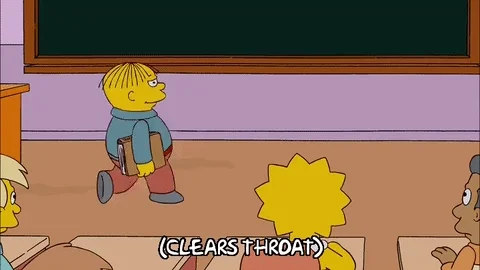"Another test?" your students cry!

Are you tired of hearing your students complain about taking test after test?
Are you tired of grading test after test?
Not sure how to have students show their learning without a test?
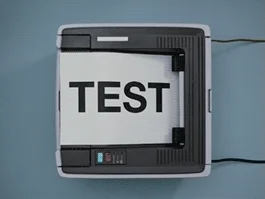
Evaluating learning is incredibly important in the high school years. This is not only because students learn and grow a lot at this stage of their life (and refine skills like critical thinking and time management), but also because these are the final years before students enter the "real world".
It's your responsibility as their teacher to make sure they're prepared for wherever life leads them after high school.Assessments are key to evaluating and tracking this learning.
However, summative assessment doesn't have to be a test. There are other choices!
What is Summative Assessment?
Summative assessment "takes place after learning is completed." It evaluates student learning and assesses academic achievement. Summative assessments test students against an objective andare graded.

They're used to:
Provide a benchmark to track student progress
Show gaps between student knowledge and learning targets
Provide evidence of student knowledge, skills, or proficiency
Quiz
Which of the following are instances where you would use a summative assessment? Select all that apply.
Elements of Effective Summative Assessments
How can you know whether your summative assessment is going to be effective?
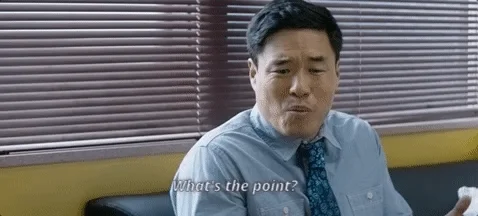
When creating summative assessments, ask yourself:
Is it appropriate? Does the assessment accurately evaluate the learning objective? Does it reflect "a range of real-world skills"?
Is it reliable? Will the assessment provide similar results across different classes for an effective comparison? Is there a rubric?
Does it have variety? Does the assessment allow students to showcase knowledge and skills in more than one way?
1. Examinations
Examinations are the most common type of summative assessment.

This type of assessment is best when testing what a student can remember about what they learned and testing their application of concepts and ideas.
They're also usually the best choice when you need to compare data or learning across wide groups of students.
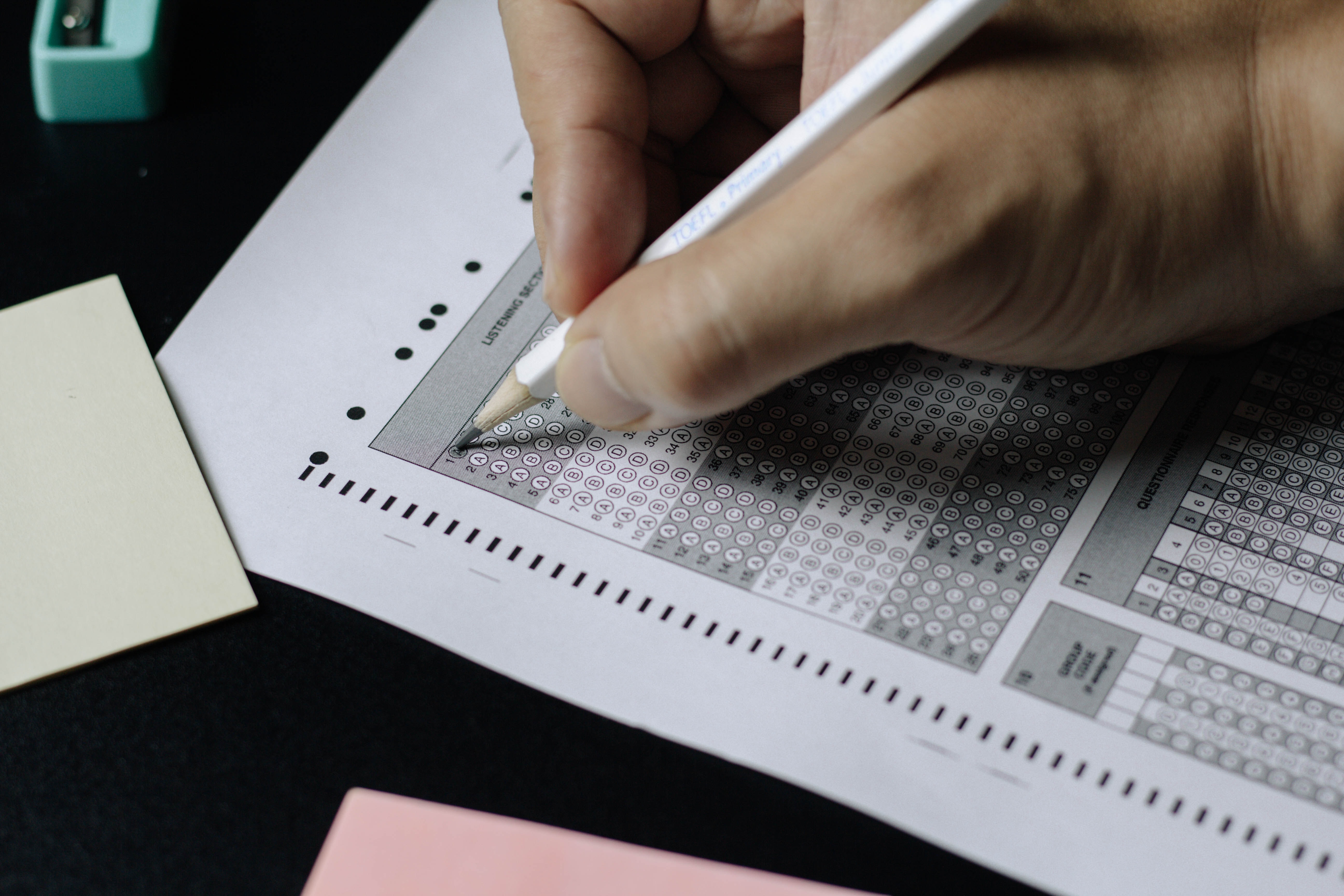 Photo by Nguyen Dang Hoang Nhu on Unsplash
Photo by Nguyen Dang Hoang Nhu on UnsplashExams can include:
True or false questions
Multiple choice questions
Short answer questions
Essay questions
Examples:
End-of-unit tests
State or regional examinations
SAT's, ACTs, and other national exams
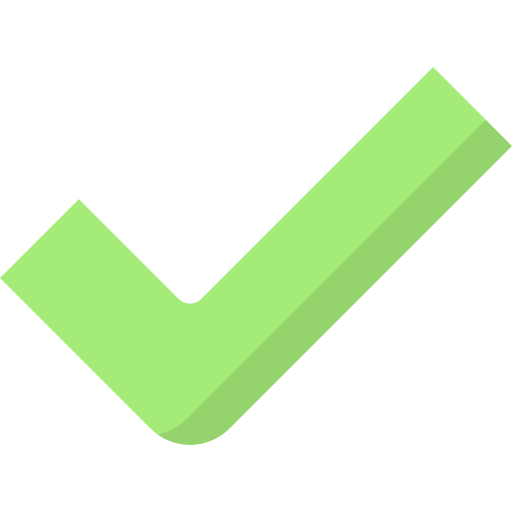
There are lots of different kinds of questions you can include in an exam, but not all exam questions are appropriate for all exams.
If you're trying to assess a student's critical thinking abilities, use a short answer or essay question instead of a true or false or multiple choice question. Make sure to put time and thought into creating your exam.
2. Presentations
When giving a presentation, a student is tasked with "teaching others what they have learned" through speaking, multimedia, and "interacting with the audience."
This type of summative assessment is useful when evaluating critical thinking skills, analyzing skills, and evaluating a topic.
Examples of presentations:
Debates or mock trials
Oral histories or recitations
Podcasts
PowerPoint/slides presentations
Video documentaries
Performances
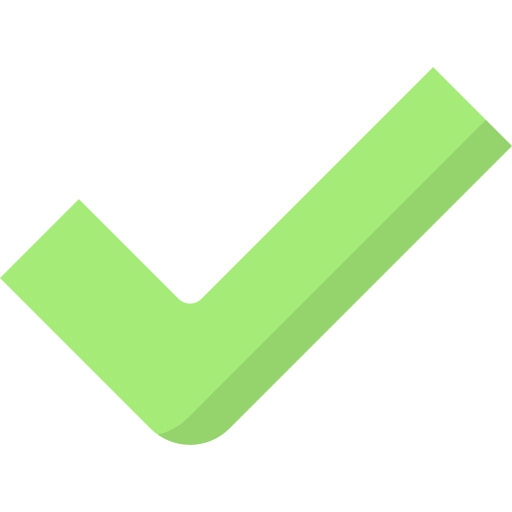 Don't forget to give students a rubric, like this example, so they know what you're looking for when grading their presentation.
Don't forget to give students a rubric, like this example, so they know what you're looking for when grading their presentation.
3. Projects
Projects allow students to create artifacts.
 Photo by Annie Spratt on Unsplash
Photo by Annie Spratt on UnsplashThey're ideal for evaluating critical thinking, creativity, time management, and organization.
Examples of Projects:
Stories or poems
Websites, blogs or social media posts
Databases
News articles
Letters or maps
Musical scores
Scale models or scientific reports
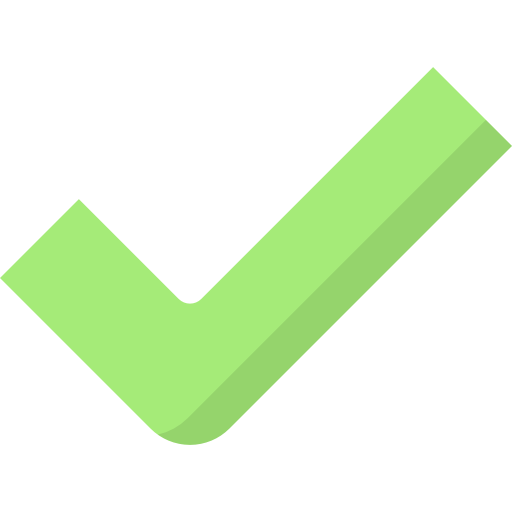
When designing your project, it's important to develop a rubric, like this one. You also might want to consider ways to increase student buy-in for the project, like offering a choice board.
4. Portfolios
Portfolios allow students to "create a collection of documents, objects, and artifacts that demonstrate their learning over" a period of time.
Portfolios are useful for assessing how a student's learning has grown. They also showcase students' creativity, beliefs, time management, and self-evaluation.

Portfolios can include elements from the previous 3 types of summative assessments. They can also include analyses of the artifacts that are included.

A portfolio can be the hardest for students because they'll have multiple artifacts they'll need to include and the work will be done over a longer period of time.
As with many of these assessment types, you'll want to give students a rubric, like this example, so they know what the expectations are. It may also be helpful to give them a timeline or checklist to help them stay on track.
Give it a Try....
Which assessment should you use?

Your senior government class has been studying different forms of government, and the pros and cons of each, this year. One of the school's goals for "successful seniors" is to have excellent time management and to use self-evaluation to improve.
What type of assessment should you use to evaluate students' growth, not only on what they learned in class this semester, but also on the school's goals?
 A slide presentation on one form of government with an analysis of the pros and cons of that government type.
A slide presentation on one form of government with an analysis of the pros and cons of that government type.
 A multiple choice and essay exam over the material that was covered in class this semester.
A multiple choice and essay exam over the material that was covered in class this semester.
 A portfolio of projects from throughout the semester with artifacts about each government type, paired with a reflection on their work.
A portfolio of projects from throughout the semester with artifacts about each government type, paired with a reflection on their work.
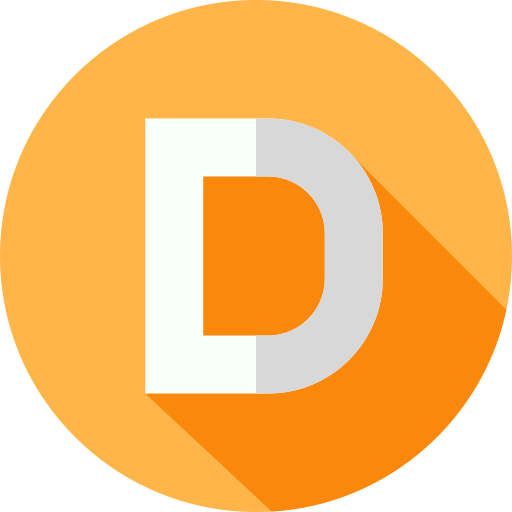 A project where students create a promotional video about one form of government that they studied throughout the year.
A project where students create a promotional video about one form of government that they studied throughout the year.
Quiz
Which project will best meet your assessment goals?
Take Action
There are many different forms of summative assessments, but incorporating them for the first time can seem challenging. Begin introducing new types of summative assessment to your high school classroom!

Your feedback matters to us.
This Byte helped me better understand the topic.

